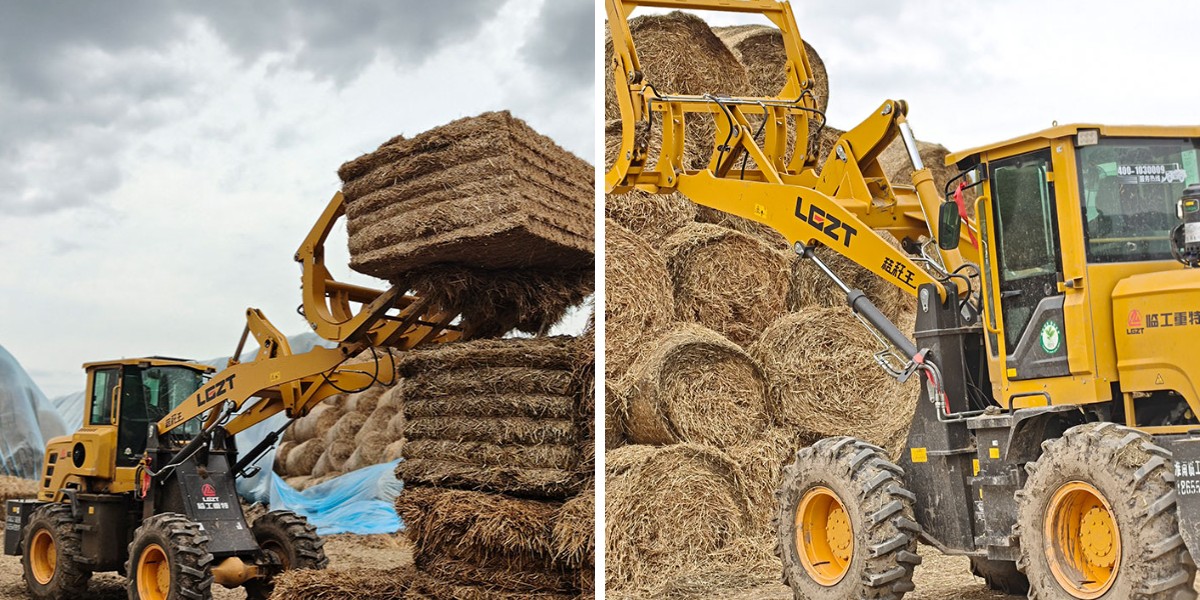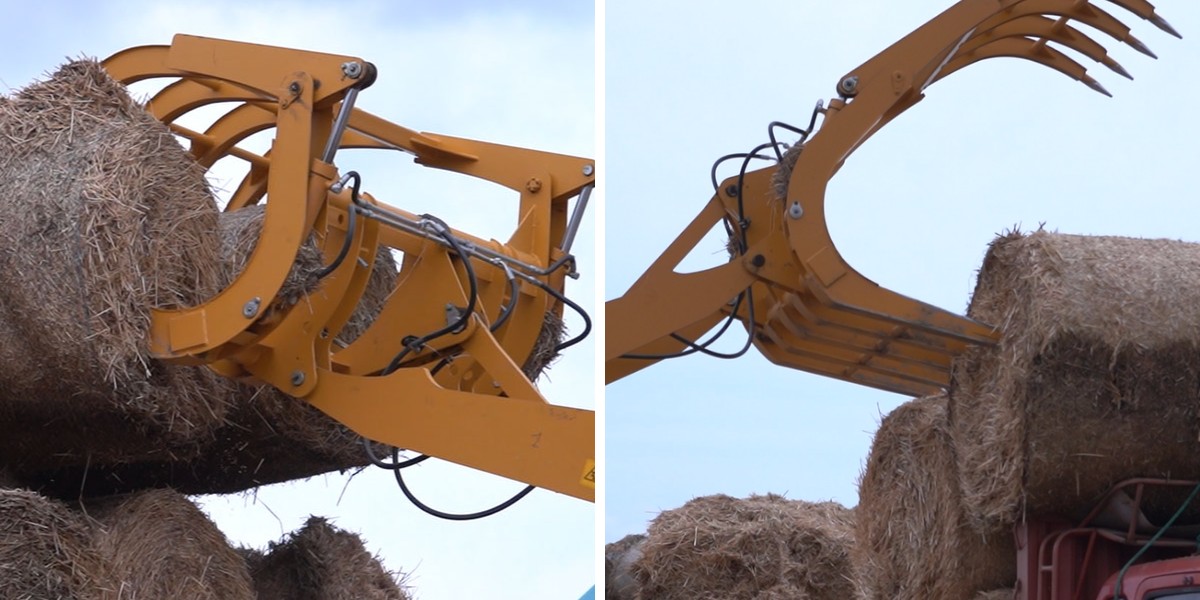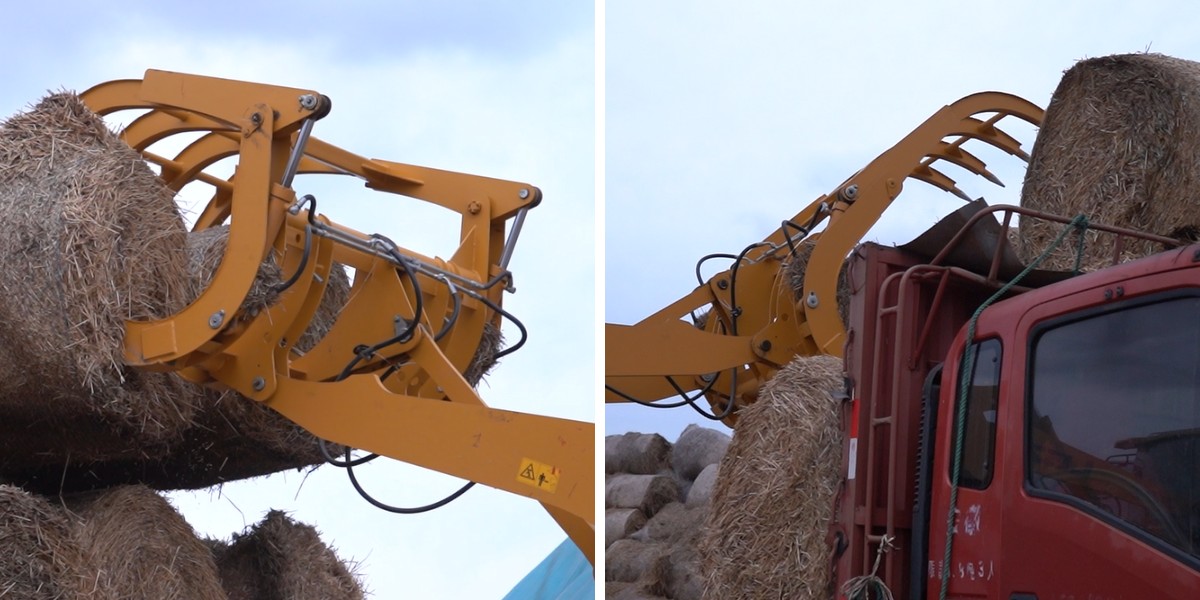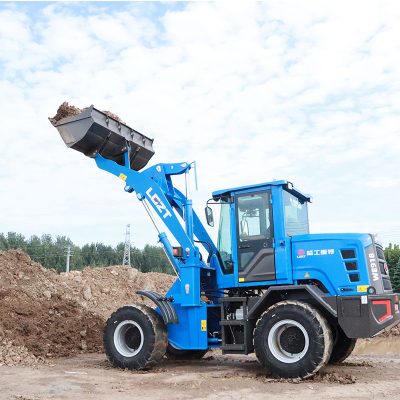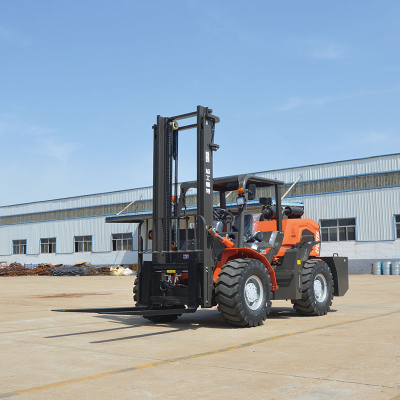How to Choose a Forklift: A Complete Guide to the Process from Demand to Service
In the agriculture and forestry, as well as during loading and unloading, the fork-free loaders have become a powerful tool for modern production due to its efficiency. However, faced with a wide variety of products on the market, how to choose a model that will be easy to adapt, is durable and economical? This article systematically analyzes key points of purchase, including demand analysis, basic configuration, adaptability to operational conditions and maintenance costs.
1. Determination of operational requirements: accurate determination of functional boundaries
The first condition for choosing a forking front loader is to determine the operating conditions and characteristics of the material. For example:
Agricultural application: Suitable for collecting and transporting light and bulk materials such as straw and forage, where a balance must be maintained between bucket capacity and gripping efficiency. Forestry application: timber gripping, timber transport, etc.
Complex application: the possibility of equipping with a quick-change device for quick replacement of other auxiliary devices, which allows one machine to be used for various purposes and increase the utilization rate of the entire equipment.
2. Tool Adaptability: The Key to Performance Matching
The design of the forks as the main working device directly affects efficiency and safety:
Structural strength: It is preferable to use forks made of high-strength manganese steel or composite materials, which can adapt to long-term and frequent work.
Quick Coupler: Models equipped with hydraulic quick couplers allow you to quickly change attachments such as buckets and wood clamps to improve equipment efficiency.
In addition, attention should be paid to the coordination of the forks with the main hydraulic system. Some models can provide precise grip control and reduce energy loss by optimizing the design of the hydraulic circuit. 3. Powertrain and transmission system: balance between efficiency and economy
Power selection:
Fuel Model: When choosing diesel engines, both power and fuel consumption must be taken into account.
Electric model: Suitable for indoor or environmentally friendly environments, but attention should be paid to battery life and charging efficiency.
Transmission: Reinforced drive axle, better adapted to harsh operating conditions.
4. Adaptation to the working environment: features of the terrain and climate.
Tire selection:
Solid tires: Suitable for high risk conditions to avoid tire blowouts.
Patency:
Wheelbase and minimum turning radius: For work in narrow areas, models with a short wheelbase should be selected, paying particular attention to the turning radius.
Ground clearance: When working on hilly or muddy terrain, it is recommended to choose models with ground clearance ≥400mm to improve cross-country ability. V. Maintenance and cost control:
Replacement of wearing parts:
Selecting models with a modular design of key components such as booms and buckets can reduce service time.
Fuel economy:
Diesel engines are powerful and fuel efficient, making them an excellent choice.
The choice of forking wheel loader requires a comprehensive accounting of operational requirements, the adaptability of the tool, power and costs for the entire service life. Thanks to the scientific approach to choosing, you can significantly increase production efficiency and extend the service life of equipment, providing reliable protection of modern enterprises. LGZT, being an excellent manufacturer and supplier of small -sized construction equipment in China, actively attracts international agents and is open to consultations.

